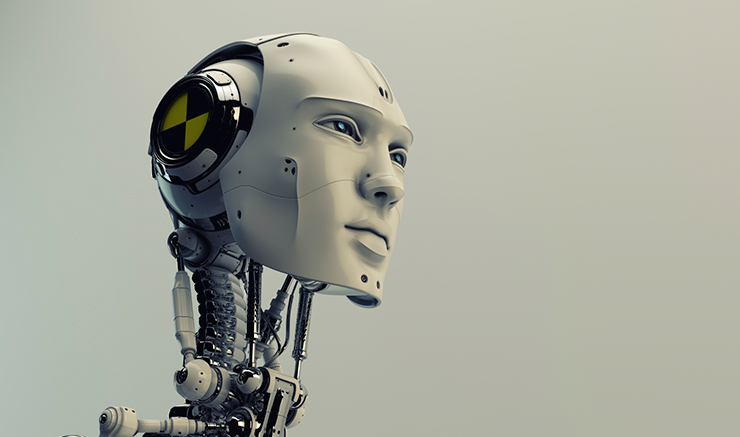
2016 Trends: "Humanless" Customer Service Driving Change
As we start talking about self-service, virtual assistants and artificial intelligence in more and more customer service conversations, we have to talk about where human-to-human interaction will continue to make an impact, and why many customers have turned to more “humanless” customer service options in the first place.
For the first time in the history of Forrester Research’s North American Consumer Technographics Customer Life Cycle Survey, consumers now say they are using self-service FAQ pages on a company’s website for customer service more often than speaking with a live agent via phone. According to Microsoft’s own Global State of Multichannel Customer Service Report, more than 90% of the 4,000 consumers surveyed say they now expect brands and organization’s to have a customer self-service offering.
Even luxury brands, where personalized service and human interaction has reigned, are spending more money on customer self-service. An L2 Think Tank survey shows that 76% of luxury brands now feature online customer self-service, compared to just 19% in 2013.
A Turn Toward Less Human Customer Service
One has to wonder if we as humans are putting ourselves out of business in customer service. We began utilizing scripting that made live agents sound robotic. Then rabbit-hole IVR decision trees, hard-to-find phone numbers, unreasonable hold-times and “courtesy disconnects” made getting to humans increasingly frustrating. And when customers were able to connect, many agents were unable to resolve issues or answer questions because they weren’t given the knowledge, training, time, technology or permission to do so. It’s no wonder more and more customers began trying to self-serve first.
Notes speaker and New York Times bestselling customer service author Shep Hyken in Microsoft’s 10 Customer Service Trends to Watch in 2016, “Self-service is trending strong. This can be in the form of something as simple as a ‘frequently asked question’ page on a website. Customer forums where people post questions and customers, rather than company employees, post answers are also becoming popular.
“People want information quickly, as in ‘right now.’ If you have to go to a company’s website to look up a phone number, you might as well look around to find out if there is a self-service solution offered.”
Because of increased desire and expectations for 24/7 online or on-device convenience (at scale), self-service, virtual assistants and AI will continue to trend up in customer service. But the human touch still has its place. A call to action (much more far-reaching than customer service) came in a recent TIME Magazine article, 7 Questions with Klaus Schwab (the founder of the World Economic Forum in Davos). Schwab suggested a human renaissance might help us hold our own in a world of drone, robot, and AI advancement, where humans differentiate and excel through their heart, soul, passion and compassion.
To Be or Not to Be More Human
The same Forrester Research survey above that shows a growing preference for online self-service, shows that assisted channels still lead when it comes to satisfaction, with satisfaction ratings for phone at 69%, while web self-service trails at 58%. Humans have still got it.
As we continue to make investments in areas such as analytics and machine learning to drive greater personalization across digital channels and to make virtual assistants and AI smarter, customer service and customer experience leaders will drive related change – and a differentiator. They’ll ditch the scripts, make humans more accessible again, and empower employees and agents with the same analytics, as well as the knowledge, training, technology, time, creativity and permissions they need – not just to drive digital transformation, but a human renaissance, as well.
——————–
Download the eBook: 10 Customer Service
Trends to Watch in 2016
We’ve asked 10 customer service thought leaders including Chief Customer Officer author and Customer Experience Professionals Association (CXPA) co-founder Jeanne Bliss and New York Times bestselling author and customer service keynote speaker Shep Hyken to give their thoughts on the top customer service trends brands and organizations should be following and acting on in 2016.
We’ve also asked what organizations can do immediately to improve customer service. What were their answers? Download this new eBook today to get expert suggestions on where your attention and budget should be focused in 2016:




